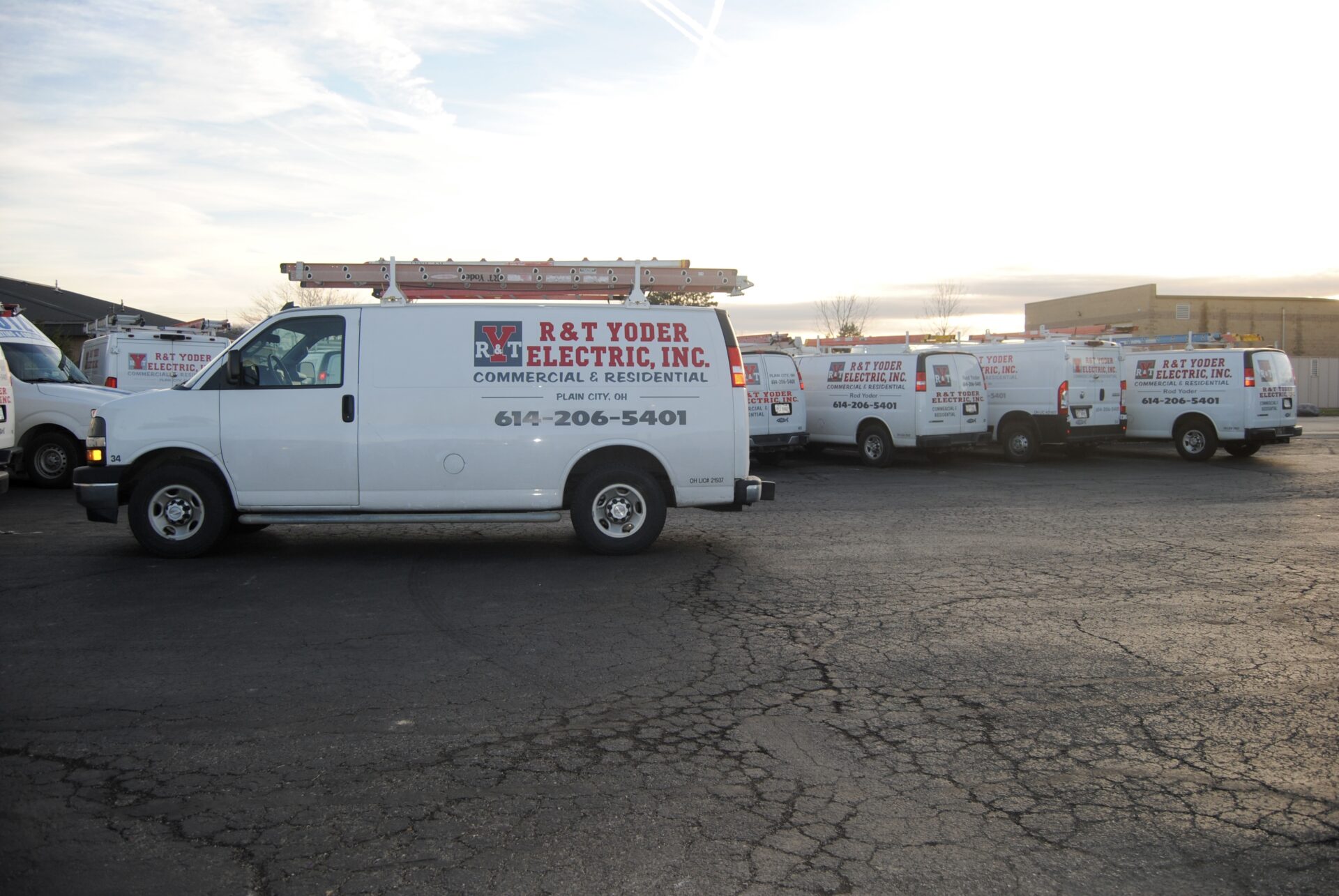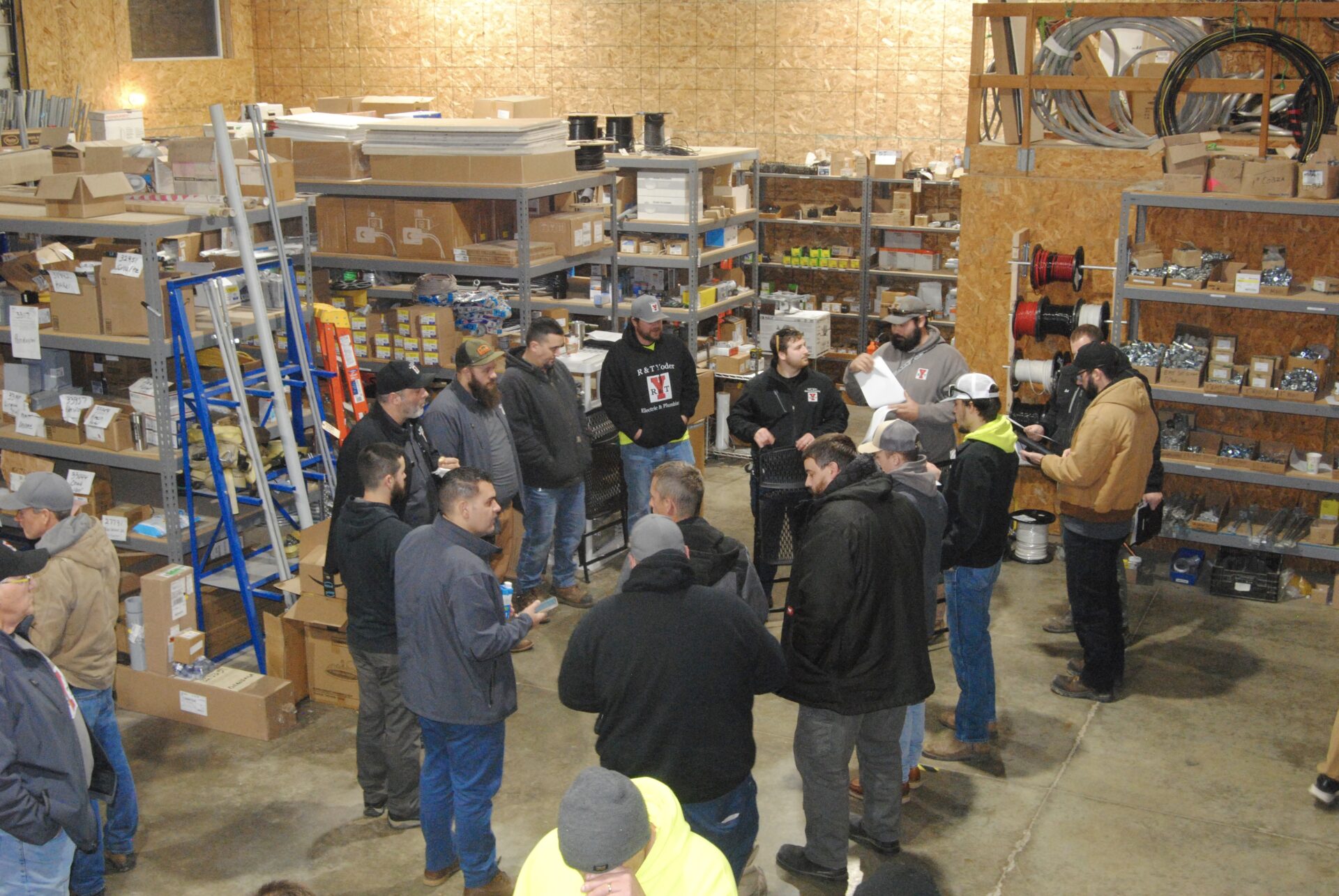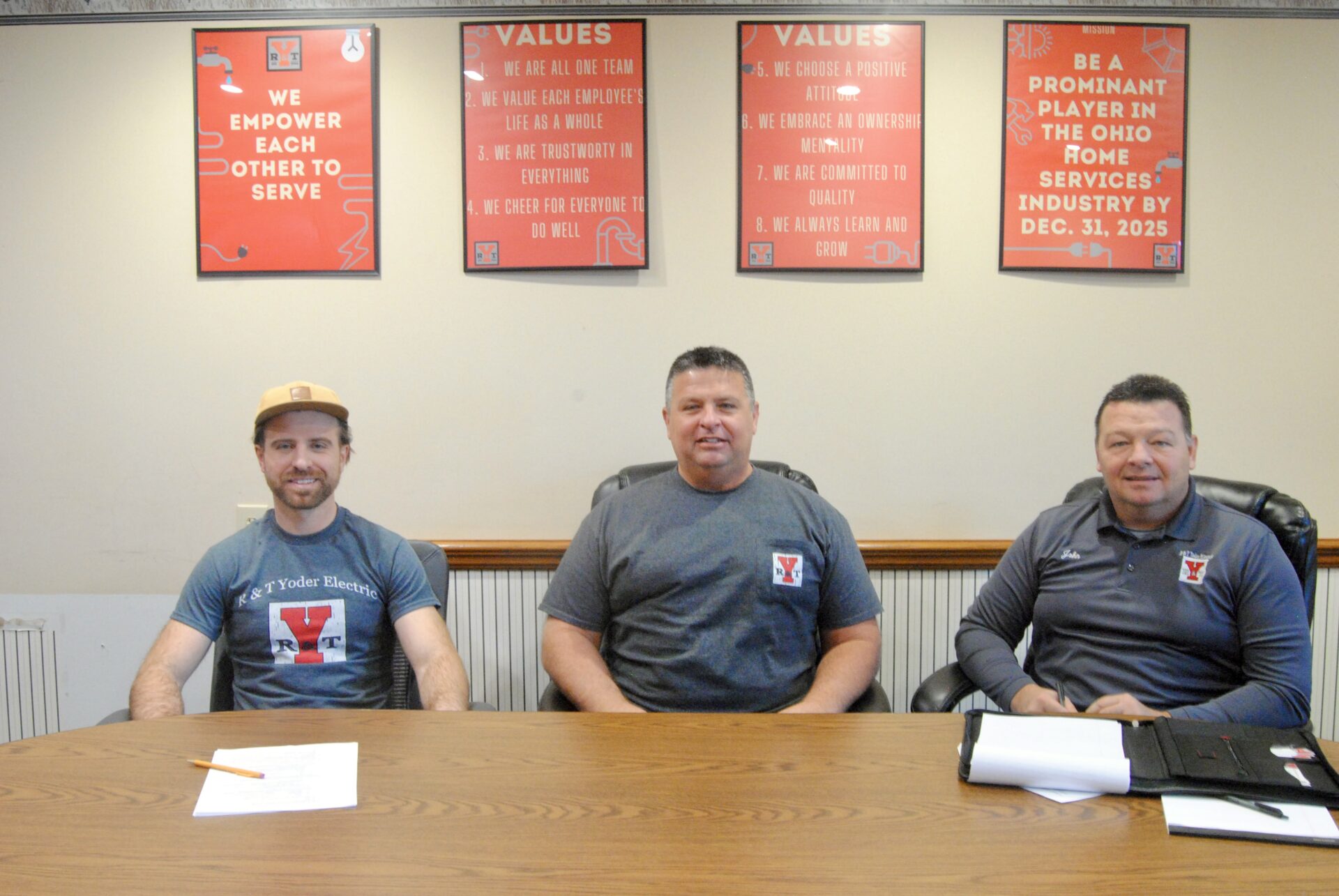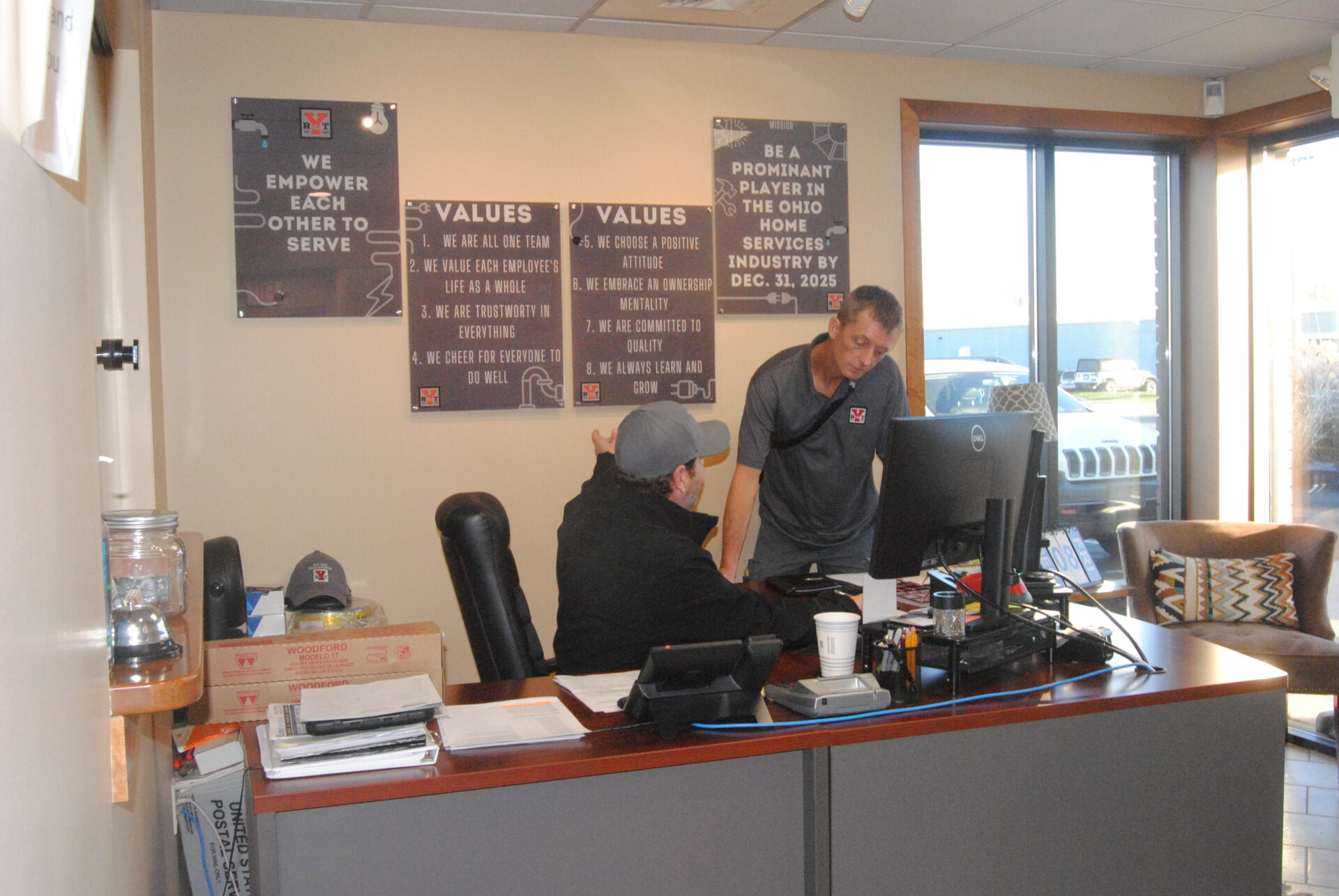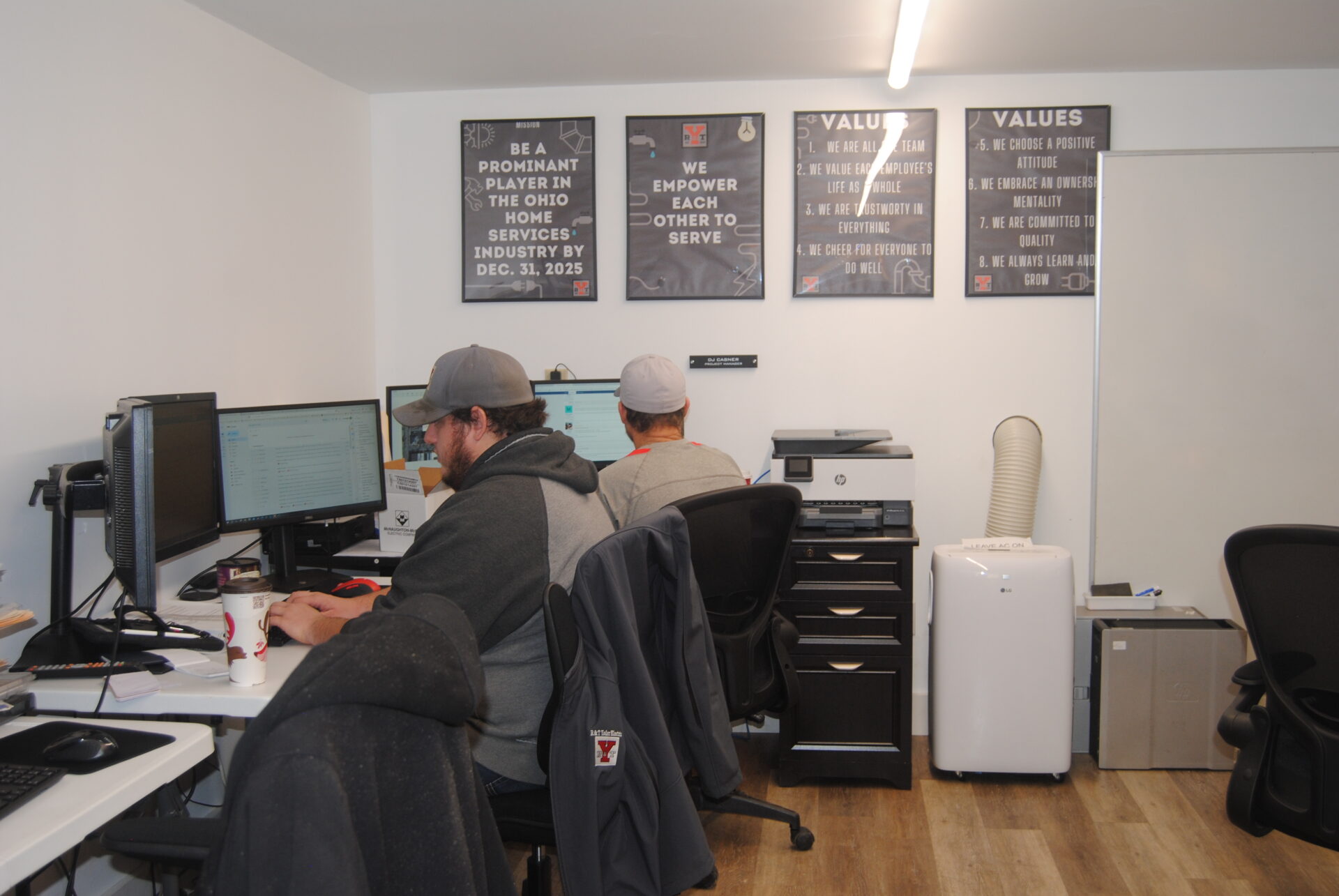
Making your home more efficient is one of the best ways to lower your monthly water costs. It’s also a great way to help the environment, making it a win-win for everyone. The best part is that when you focus on efficiency, you get the same quality of living for less. This means you can enjoy your creature comforts to the same if not better standard than before by making a few key upgrades.
Quick and Easy Home Upgrades that Make a Difference
If you aren’t in the market for a significant investment upgrade, don’t worry. There are several ways that you can upgrade your home with a DIY swap:
- Low-Flow Showerheads
If you want to beef up your shower experience and use less water while you’re at it, swap out your shower head with a low-flow or aerator option instead — these work by mixing air with water to create a mist spray. Upgrading your shower head to one with smaller holes can do the trick since it forces less water through a smaller surface area. The result is a higher-pressure shower experience, all while using less water while you are at it.
- Low-Flow Taps
If your tap has a thread, changing the water flow to a low-flow alternative is as simple as twisting it on. You can update your existing kitchen and bathroom sinks this way. Of course, if your current taps don’t have that thread, you’d need to swap out the whole faucet to upgrade them to a low-flow alternative.
Big Upgrades to Make Bigger Differences
If you’re upgrading your bathroom or doing a home renovation, then these are a few of the bigger-budget, better-saving options you can invest in:
- Low Flow or Dual Flow Toilets
One of the easiest ways to save on water is to use a low-flow toilet instead. These toilets only use 1.6 gallons per flush, unlike traditional toilets that use 3.5. Yes, the water will look lower in the toilet bowl, but these toilets are just as effective at flushing everything down. To ensure they can handle all the jobs you throw at it, try choosing a dual-flow toilet. This means you can choose between a soft flush that uses half the water and a hard flush that uses more (and is better suited for #2).
- Greywater Capture
Greywater is the runoff water from your sink or shower, but did you know you can install a greywater capture system at point-of-use (POU) or for the whole house? These greywater capture systems aren’t legal everywhere, so you must check your state. If they are allowed, as they are in Ohio, then you can set it up so that wastewater from specific systems (like sinks) is redirected to your yard for irrigation purposes.
- Tankless Water Heater
Heating up a large water tank is inefficient and unnecessary with today’s technology. That’s why upgrading your water heater to a tankless option can be a great way to help you save money both on your water and on your electricity bills. You’ll need a professional to safely remove your current water tank and install a new one.



